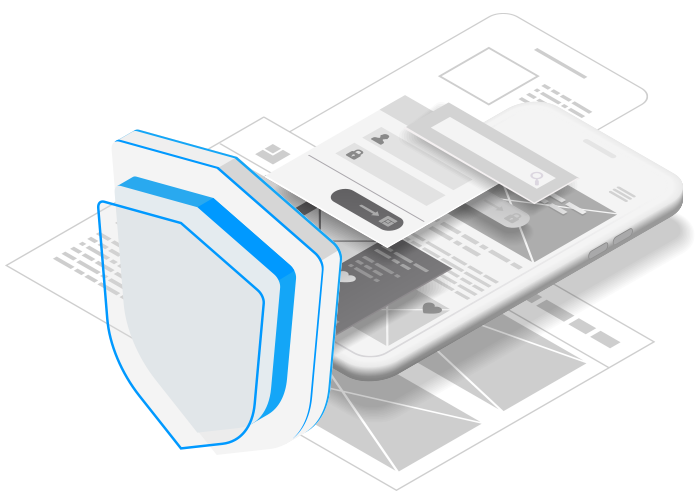Mobile Application Penetration Testing in Singapore
What is Mobile Application Penetration Testing?
Mobile Application Penetration Testing (a.k.a. Mobile Pentest, Mobile VAPT, Mobile Pen Testing) reveals vulnerabilities in the cyber security posture of a mobile application. Applications running on iOS and Android applications commonly require this assessment. Protect your mobile applications against cyber security threats with softScheck Singapore.
The main attack surface for a mobile security test consists of a conjunction of multiple different tiers of components: app, communication, and back-end server.

softScheck is a CREST accredited Penetration Testing provider in Singapore.

Objective of the mobile application penetration testing assessment
Related Penetration Testing
Our Mobile App Pen Testing Approach & Methodology
Our Mobile App Pen Testing methodology is based upon the industry standard Open Web Application Security Project (OWASP Mobile), and our internal manual checklist developed from our research lab in Singapore. The mobile pen testing assessment covers vulnerabilities including, but not limited to:
The vulnerabilities are evaluated using the Common Vulnerability Scoring System) (CVSS) method to assess and evaluate the risk.




